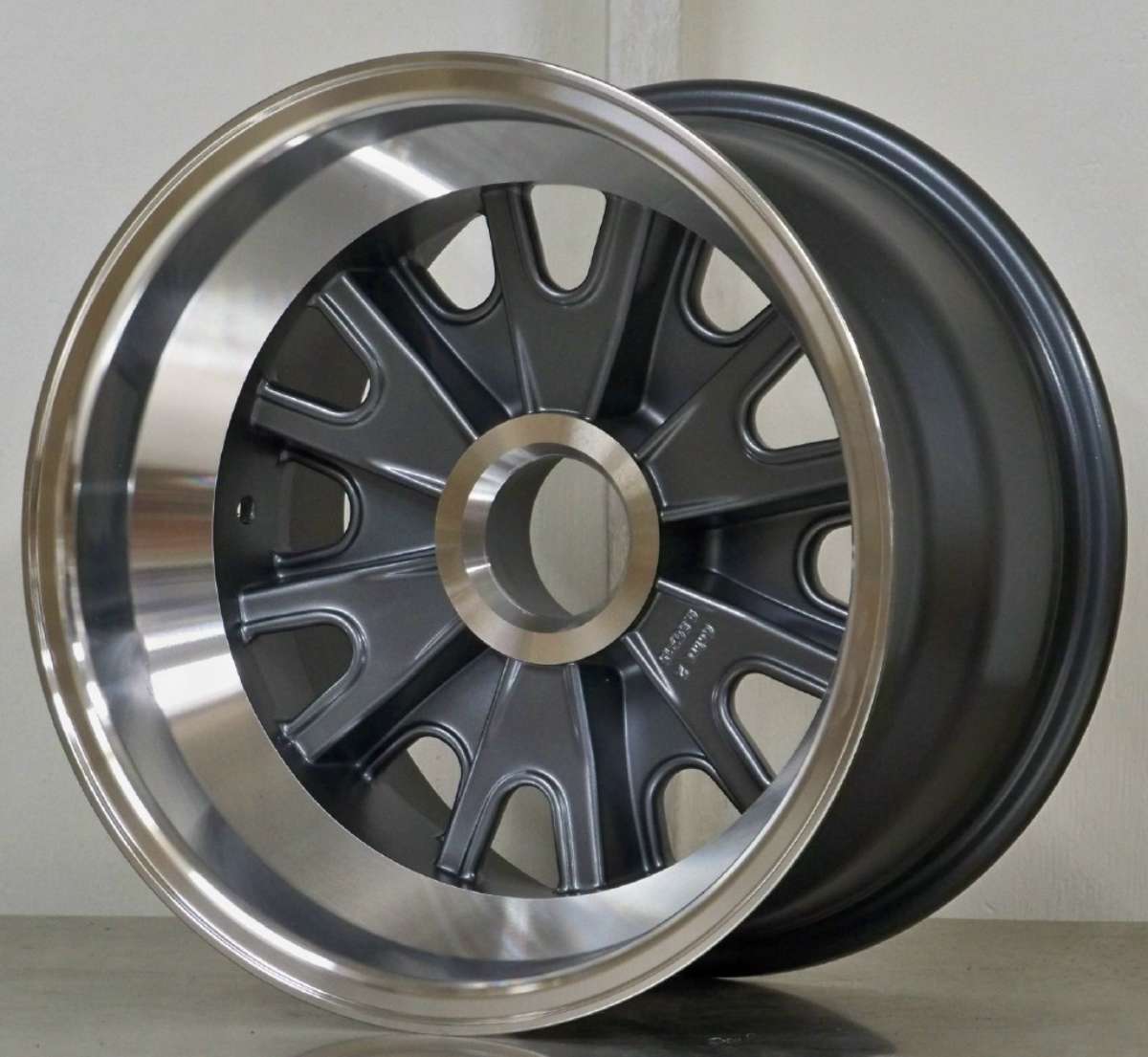

You can adjust the suspension, anti-roll bars, and ride height in the Suspension part of the modification screen, using the sliders that range from one to 11. You may want to have that bit extra to run in a higher power mode, or you could take some out for weight saving while being wary of potential fuel saving later in the race. In practice, you never need to touch this while running the practice programmes.įor qualifying, ensure that there is as little fuel as possible in the car to help get the fastest lap time that you can and land a higher place on the starting grid.įor the race itself, you will just need to adjust the fuel load to suit your needs. The single slider for the fuel load setup in F1 22 is found under the Fuel Load tab of the modification screen.įuel loading isn’t something that you have to worry about too much in F1 22: this is simply how much fuel the car carries per session. If the track puts more stress through the rear tyres, think about upping the rear tire pressures slightly to keep the temperatures down, which will allow more wiggle room for the front tyres. For example, if your front tyres are at 22.0psi, you can keep the rear tyres at that level, too.Įqually, you’ll need to think about the track that you’re at in each race. Linking in with the above point, both the tire pressures for the front and the rear can be kept at around the same levels.

However, that can lead to higher tyre temperatures, which could cause your tyres to wear out faster. Lower tyre pressures see a larger surface area for the car, giving improved traction but losing you some initial responsiveness when going around some corners.Ĭonversely, increasing the tyre pressures of the car lowers their profile, reduces rolling resistance, and will give your car that little bit more straight-line speed. Tyre pressures can have a small but significant impact on your car, thanks to the impact that it has on the surface area of the vehicle.

To find the slider settings for the Front Right, Front Left, Rear Right, and Rear Left Tyre Pressure, go to the Tyres tab of the modifying screen. Whereas toe in at the rear can see increased stability, but the car might feel a bit lazy as you initially turn into a corner. Toe out at the front will see the car respond more sharply on initial turn in, but you will lose some front stability. Still, these aspects of the F1 setup are found under the Suspension Geometry tab, below the camber sliders. The toe setup is something that you probably won’t need to worry about too much. Negative camber allows for better grip in longer corners, but this can potentially seriously hurt the lifespan of your tyres. It is how the power is transmitted to the rear wheels, and changing this affects how that power is transmitted.Ī more open differential will see the rear wheels turn at different speeds, whereas a locked differential will see them spin at the same speed. The differential is one of the more complex items to adjust on the car. Here, you can adjust the On and Off Throttle Differential. To adjust the differential, go to the Transmission tab of the setup that you’re modifying. This can be changed to suit your own driving style and for a bit of extra downforce/top speed. By default, F1 22 offers a “recommended setup” when you enter the first setup screen. You will then be presented with a multitude of options to change, as well as the ability to load previous setups that you have created and saved. Cycle to the setup menu and press the requested button to customise.On the track, hit the relevant button on your wheel, keyboard, or controller to bring up the screen attached to your car, or the race strategy menu if you are in Grand Prix mode.For the latter two, head to the track once you’ve made it through all of the career hubs. Load up into one of the main game modes: Time Trial, Grand Prix, or Career/My Team.In this guide, we will explain some of the basics for creating a good F1 setup, and what you should be looking out for in your playthrough.


 0 kommentar(er)
0 kommentar(er)
